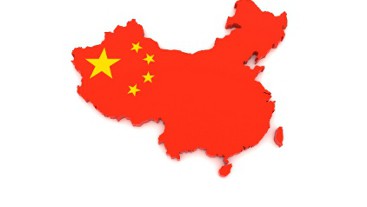Strong, sustainable and inclusive growth in a new era for China – Paper 2: Valuing and investing in physical, human, natural and social capital in the 14th Plan

Download
China is entering a new phase of growth. This paper examines the role of investment in physical, human, natural and social capital in this new phase. The second in a series, it provides the beginnings of an analytical framework for key elements of this new growth story, examining how a focus on the four types of capital can help deliver prosperity through China’s 14th Five-Year Plan (2021–2025) and Belt and Road Initiative.
Around the world, current models of growth are defined largely by physical and human capital. In the context of a rapidly changing world – which faces the rise of new technologies such as artificial intelligence and automation, the challenges of climate change and new threats to world trade – the 21st century growth story, in China and elsewhere, has to progress beyond this narrow focus. It will be based increasingly on a balanced accumulation of the four types of capital; on structural change towards the service sector with a focus on the value of intangible goods, services and productive assets; on more sustainable outputs and inputs and on labour and resource efficiency and productivity.
Plan of the paper
- Section 1 examines the conceptual framework for a new growth story. This will involve fundamental structural change towards higher tech, higher skills, more service sector opportunities, and the role of artificial intelligence (AI) and robotics, automation and the recasting of cities. The strategy will be built on and driven by investment in the four types of capital.
- Section 2 sets out the issues around concept and measurement of the four types of capital.
- Section 3 presents some of the opportunities for investment in the four types of capital.
- Section 4 draws the strands together in the context of China’s 14th Plan and structural and technological change within a changing world economy, including within the Belt and Road Initiative.
This paper and its forerunner were originally prepared before the COVID-19 outbreak; the pandemic has changed the situation in many important ways, inside and outside China. The fundamentals of the medium- to long-term analyses of these papers have not changed. However, the short term is very different and it will be important to integrate, both in China and the world, the recovery from the COVID-19 crisis with the transformation of the economy embodied in the transition to a low and zero-carbon world.

